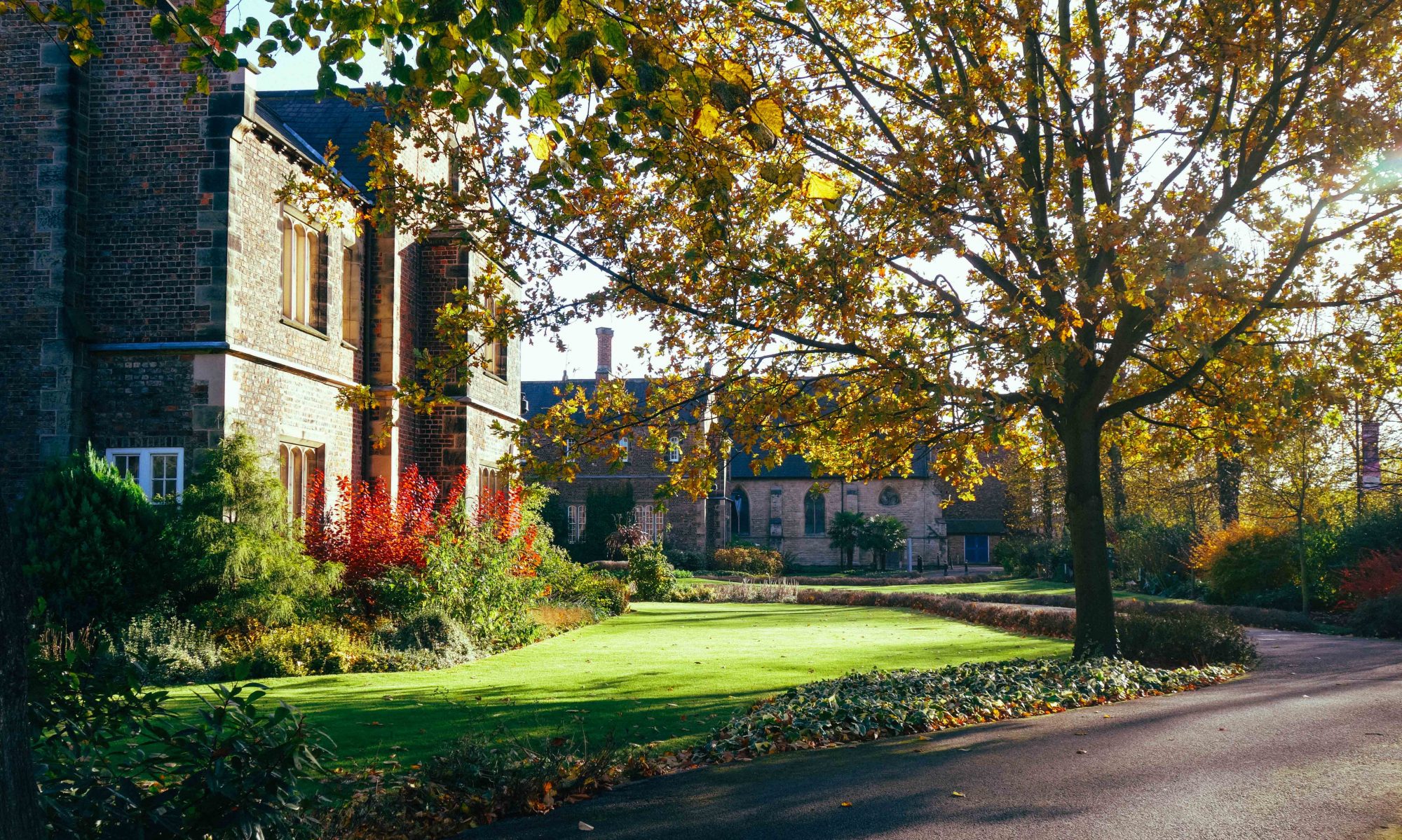Content warning: This personal reflection deals with issues of PTSD and suicidal thoughts. Links for support are provided at the bottom of the post.
Second Year Creative Writing student Tommy Parker reflects upon his own experiences as a mature student returning to York St John to begin a second degree course.

Walking through the city, enjoying a 71% Ecuador hot chocolate with chilli and Captain Morgans, while listening to Alestorm has given me a rare chance for silent reflection. The theme of this years creative writing project, the Beyond the Wall’s anthology, is ageing, a subject that is often on my mind as a mature student. In particular, I often find myself dwelling on my perceived failings, feeling I have not accomplished enough in my late twenties to justify my continued existence on this planet. It is in rare moments such as now that give me the opportunity to escape my own head, allowing me clarity to see that life is not a line graph. Age does not equal maturity in itself, and you cannot simply look at a graph for it. Life is not as simple as AGE + MATURITY = STAGE IN LIFE. Over my time at York St John I have come to understand that the true determining factor of emotional maturity is life experience. Continue reading “Tommy Parker on Ageing, Maturity and Embracing Change”













